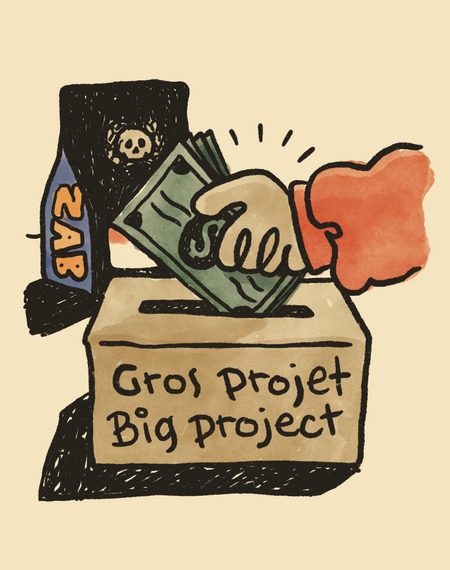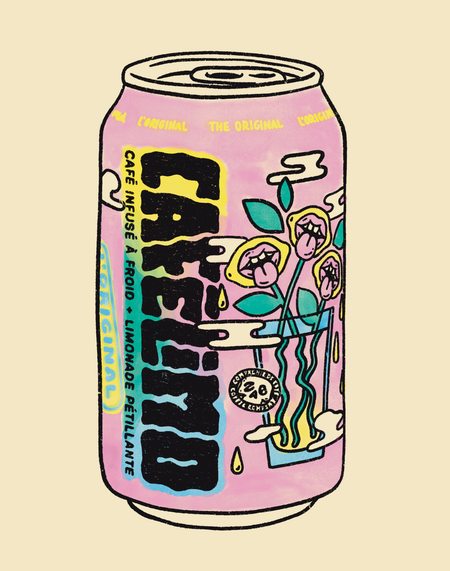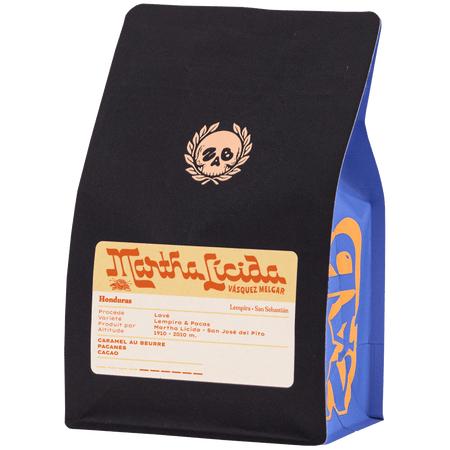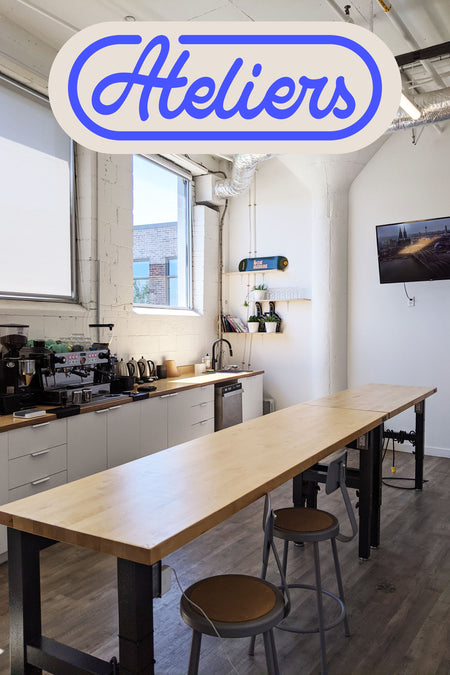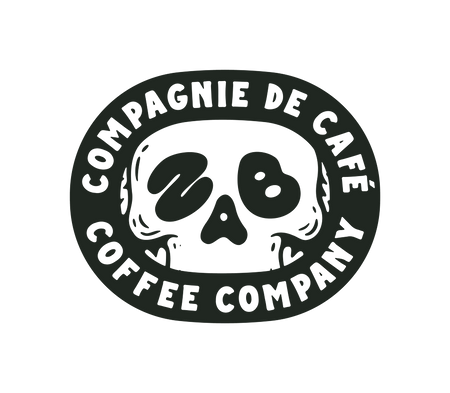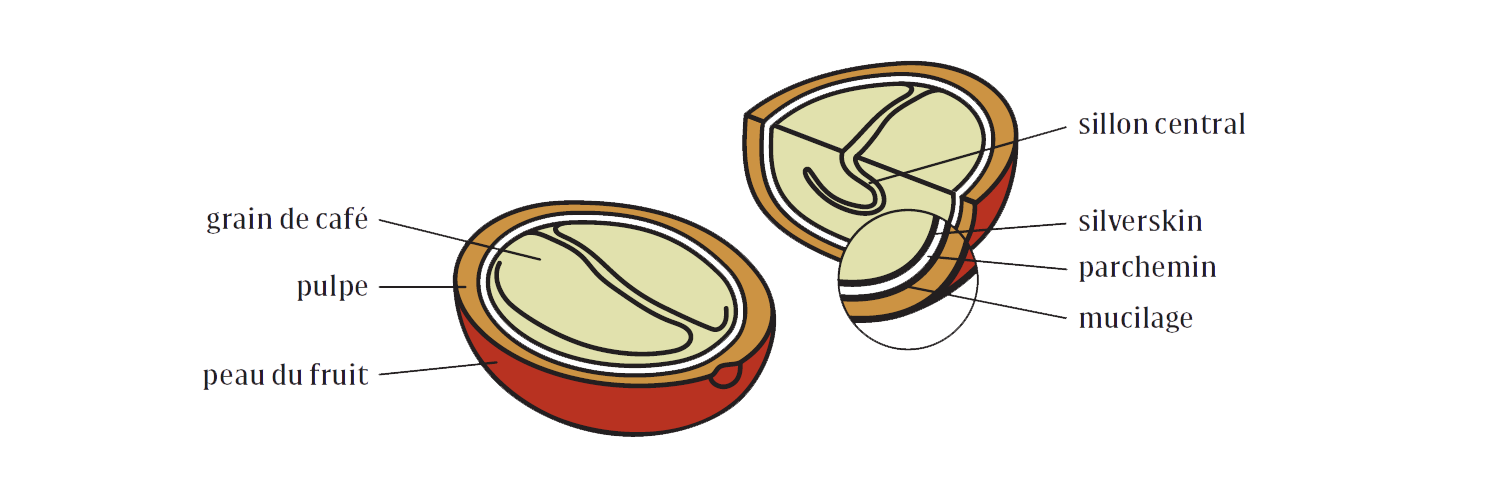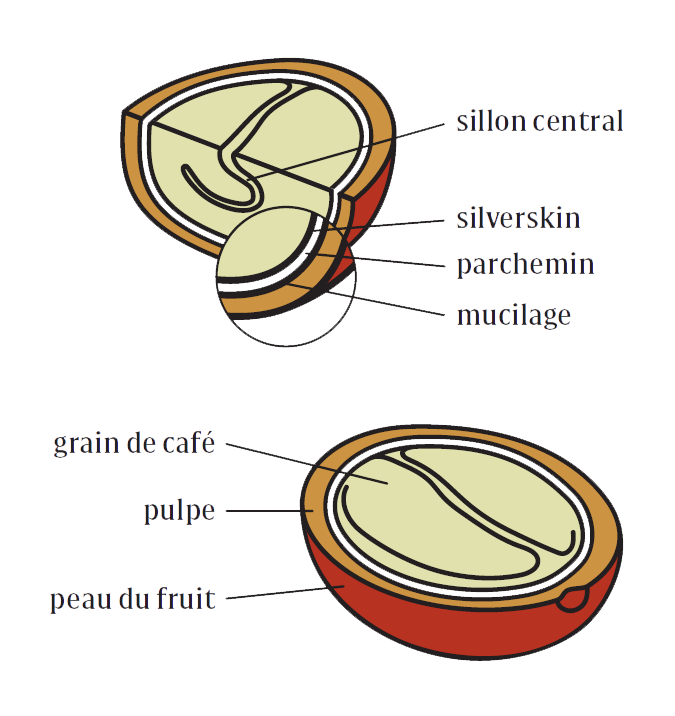The processes
Coffee is the pit of a fruit – a cherry! Before a coffee can be roasted and enjoyed, the seed needs to be extracted from it’s cherry and dried; that is what we are talking about when referring to processes. The impact of processes on flavour is significant and is an important information to consider when choosing coffee. Although more and more different processes are emerging, with many variations, three basic processes can be distinguished – the natural process, the washed process and the honey/pulped natural process.
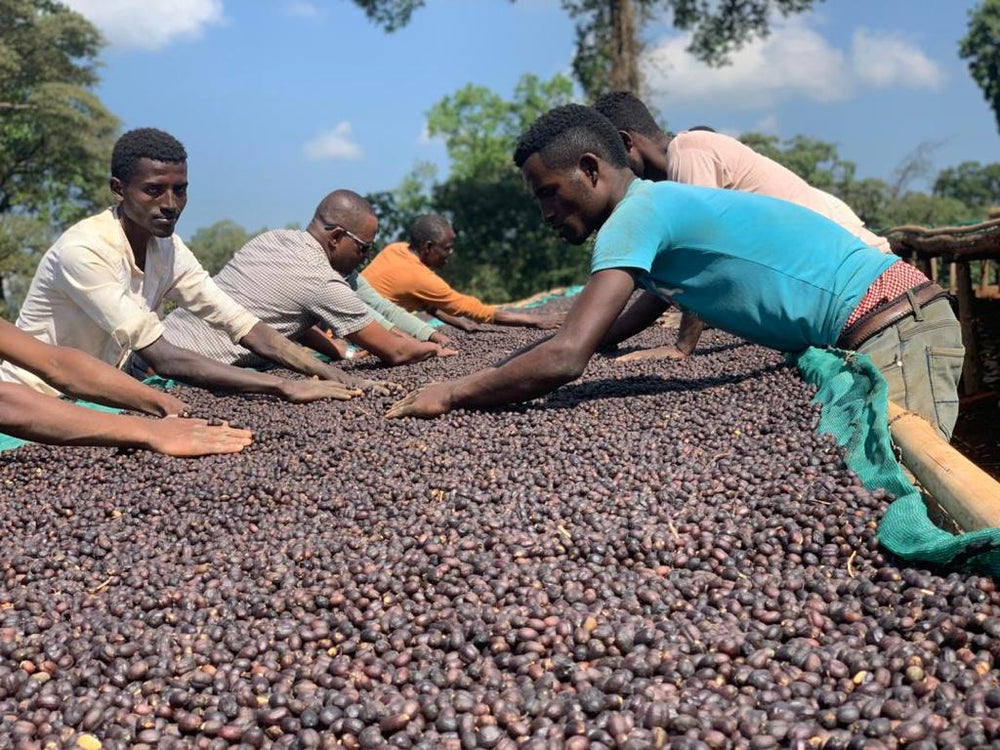
Natural process
The natural process stands as the oldest and most traditional method, requiring the least amount of equipment and water: the cherries are picked and spread out in the sun to dry. Some additional steps can be added before drying like cherry fermentation, soaking to remove overdeveloped cherries, manual sorting to remove impurities and underdeveloped cherries, etc. No matter what step is added, the basic principle always remains the same.
When a fruit is exposed to sunlight, it ferments and allows flavours to develop into the coffee bean. About 30 days of drying are necessary for the humidity level to be low enough (around 12%) to make the coffee bean stable, without being brittle. The natural process seems rather simple at first glance, but it can easily take a negative turn. This is why it must be carried out with great attention, so that the result is of high quality by obtaining uniform drying, without any kind of mold.
Characteristics of the natural process:
- Smoother acidity
- Creamier body
- Possible fermentation aromas
photo credit: Crop to cup
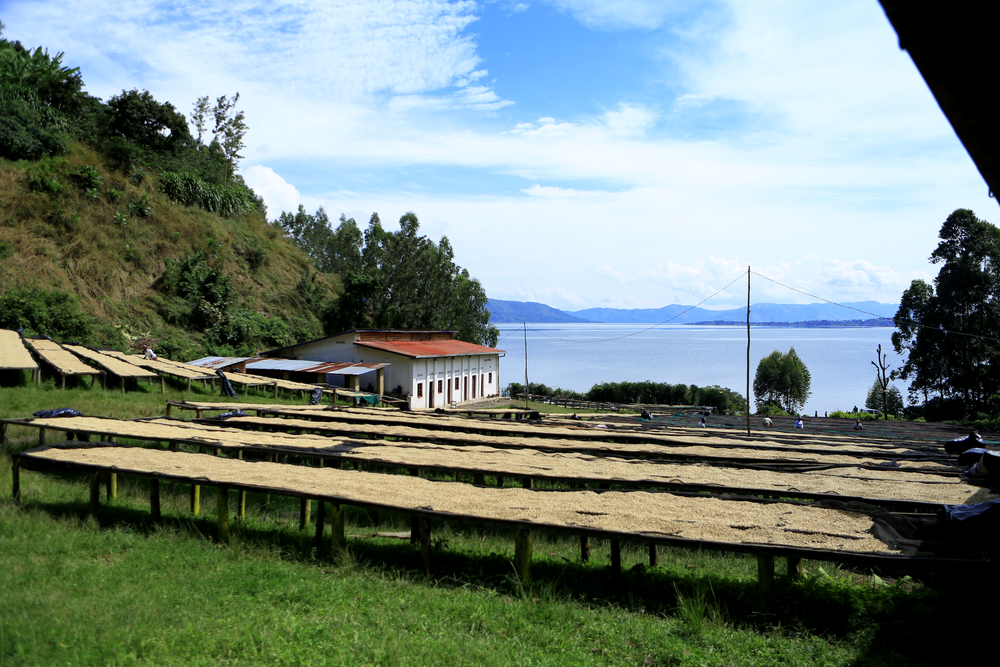
Washed process
In this method, the coffee cherry is removed using a machine called a pulper, which slides the coffee bean out of its cherry pulp. However, the pulper does not remove all layers from the coffee bean.
Around the bean, three layers remain: mucilage, parchment, and silverskin. Mucilage, a layer of pectin enveloping the coffee bean, can be effectively removed through fermentation. The beans thus spend several hours fermenting, and this is where it can become complex: dry fermentation, in water, anaerobic (without air), long, short... the combinations are endless, and this step constitutes crucial work from producers who can use this fermentation to bring out certain elements from their coffees.
After fermentation, the pectin layer now partly disintegrated, the coffee is washed with clean water to remove residues and prepare it for drying. This is when the coffee beans, still wrapped in their parchment, are laid out in the sun to dry. Drying washed coffee takes close to two weeks to be completed.
Characteristics of the washed process:
- Cleaner, more delicate flavours
- Higher acidity.
photo credit: Semilla coffee
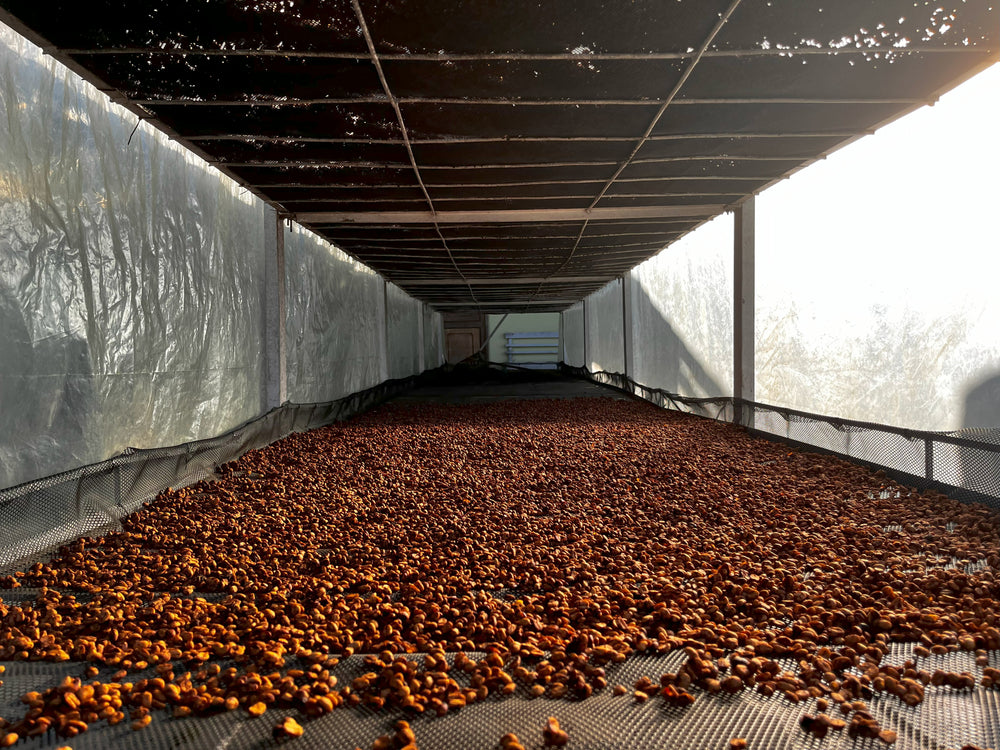
Honey or pulped natural
Pulped natural and honey are two terms used for the same process, adopted for different reasons in different countries. In this process, the cherry is pulped from the start, similar to the washed process. However, instead of removing the mucilage through fermentation and washing, the coffee, with its mucilage, is left in the sun to dry.
Why call it honey? The reason is simple: the mucilage, which then envelops the coffee bean, is mainly composed of sugar, making it similar to honey. The sugars in the mucilage caramelize around the coffee bean during drying.
There are different grades of honey, generally characterized by colour: white, yellow, red and black. The degree of honey is influenced not only by the amount of mucilage left on the grain, but also by the total drying time. The darker the colour, the more mucilage is left on the coffee bean, and the longer it took to dry it.
Characteristics of the honey or natural pulped process:
- Tends to offer the rounder body of a natural, while
retaining the delicacy of a washed - Closer to the characteristics of a washed coffee for a white honey, or those of a natural one for a black honey.
Hulling
A crucial step remains before export, even after the grains have been dried and stabilized: hulling. Natural coffee is still in its dry cherry, honey in its mucilage, and washed in its parchment, elements that must be removed before roasting.
Hulling is carried out using a machine, through which the coffee beans pass several times, thus removing these superfluous layers. At this stage, the coffee beans are also sorted according to their size and density, ensuring increased uniformity.
After hulling, only the silverskin remains on the beans, but this layer will only be removed during roasting. It naturally detaches while the beans cook and is sucked out of the roaster. The silverskin helps maintain the freshness of the beans for an extended period of time.
The process is just one of many factors influencing coffee's flavour. However, recognizing its impact on taste can help you make informed choices when purchasing coffee, while recognizing all the meticulous work that goes into the beverage.


